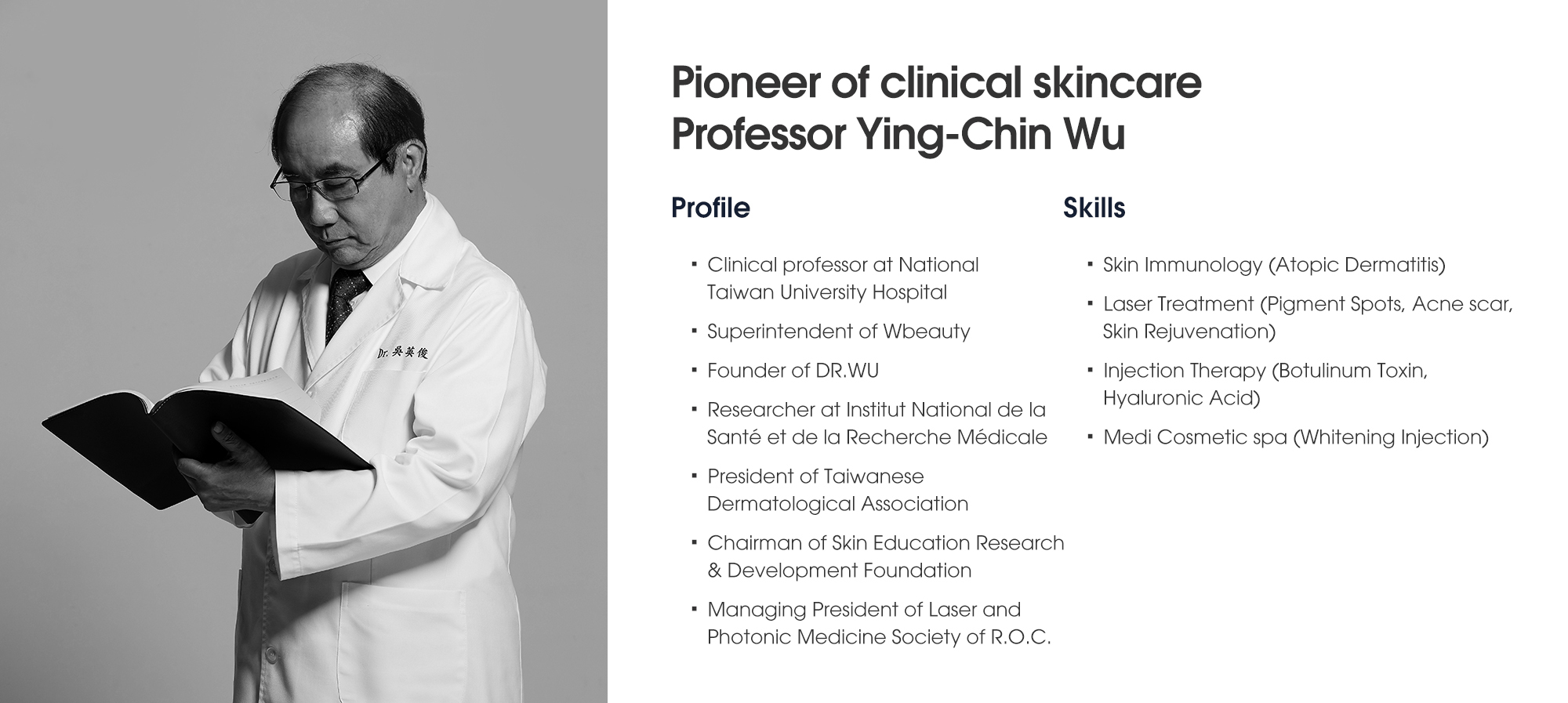Retinol, retinol aldehyde, and retinol ester are all different active forms of vitamin A. The skin can use retinol acid, but because it is more irritating and has greater side effects, only other forms of vitamin A can be added to skin care products. After being absorbed into the skin, it is converted into retinol acid for use.
Retinol acid is a comprehensive skin care ingredient, and its main effects can be divided into four categories:
1.Anti-aging and wrinkle reduction: It stimulates skin growth and differentiation, promotes collagen synthesis, improves skin structure and texture, and is also suitable for improving aging-related enlarged pores. As early as 1995, the first generation of retinoic acid was approved by the US FDA to slow down fine lines and photoaging.
2.Treating Acne: Retinoic acid can reduce e sebum secretion, prevent pore blockage, and reduce the occurrence and development of acne. Oral or topical A acid is an important means for dermatologists to treat acne.
3.Reducing pigmentation: Retinoic acid can inhibit the production of melanin, reduce pigmentation, and lighten existing dark spots.
4.Improving skin texture: Retinoic acid can promote the renewal of keratin cells, remove dead skin cells, and improve the skin texture to make the skin become smoother.






